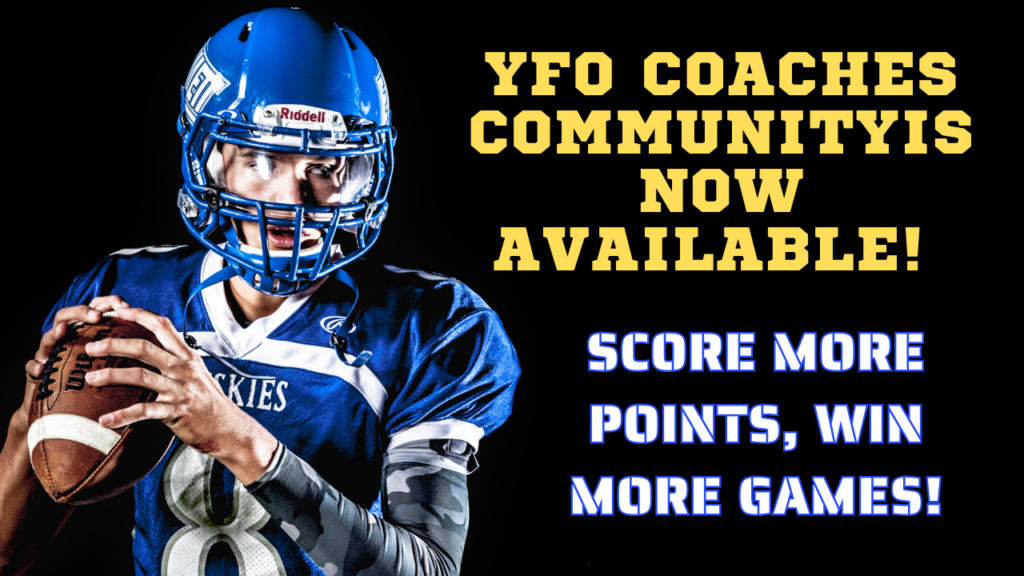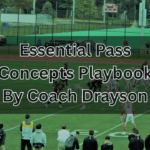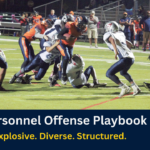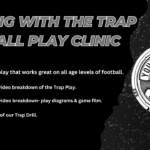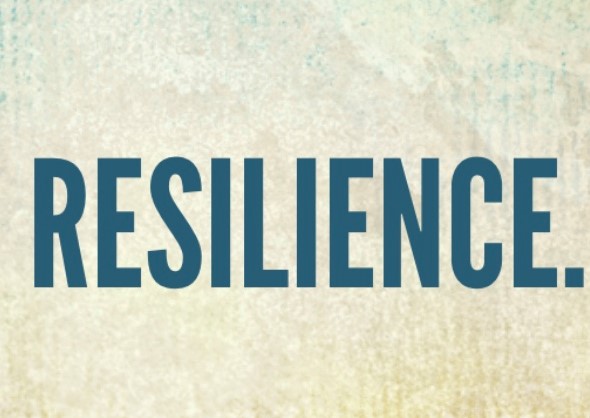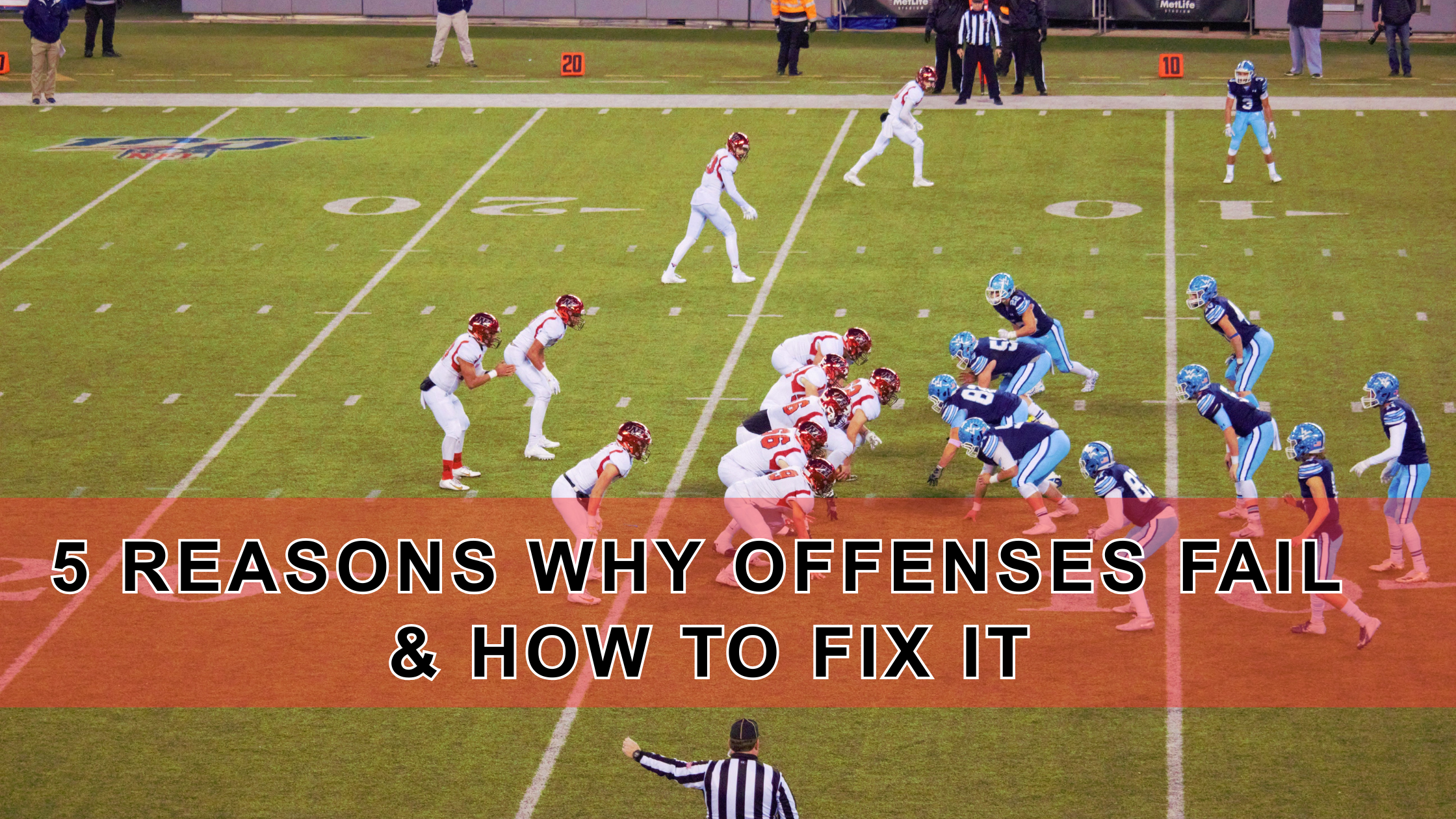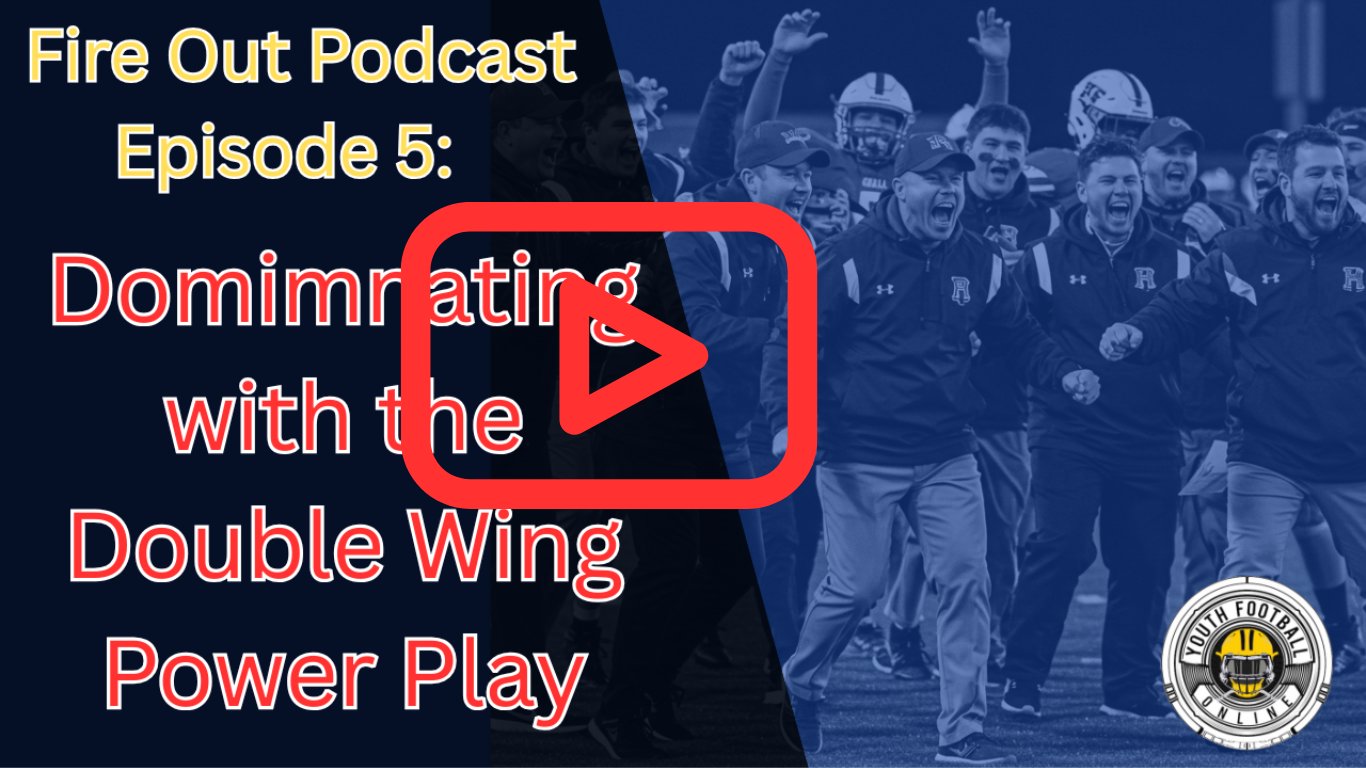Using Core Principles to Create Core Behaviors
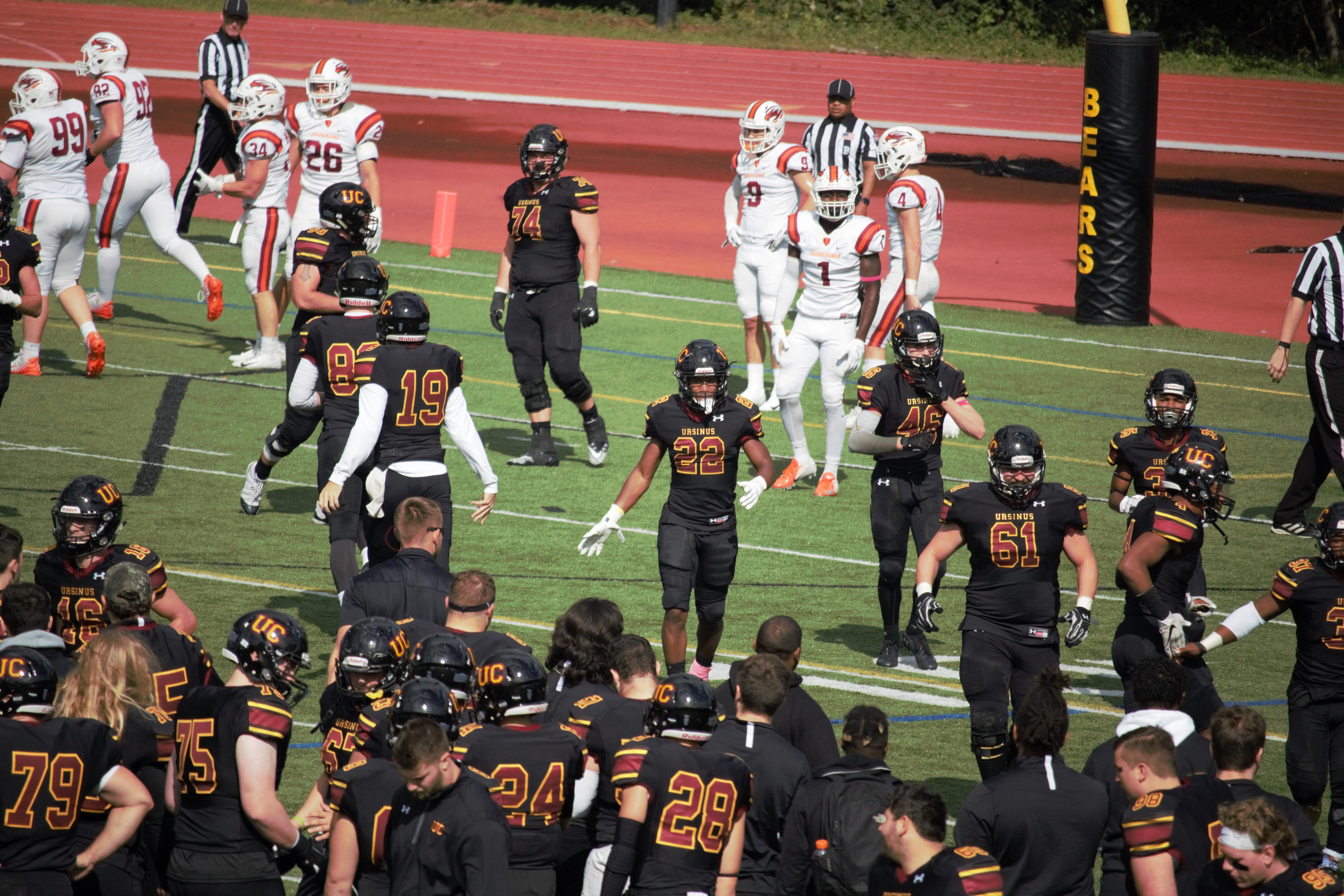
We believe that culture is the most important element in building a team or program. Without a strong culture your team will struggle to deal with the ups and downs of the season. In the previous article we talked about how we worked together to create Core Principles that defined our team. While these Principles are good to have and understand, it is much more important to define the specific behaviors that identify with these Principles.
Using Core Principles to Create Core Behaviors
The major issue when you are dealing with developing culture is that it is vague and not well defined. On the average team, the team does not have a clear definition of what their culture is and struggles to put it into words. In addition, there are not clear lines regarding what the expectations are of the culture. This is why we work so hard at not only defining the core principles of our culture, but also defining what these principles look like in different environments. To do this we create simple Core Behaviors that create the standard for how our players will behave in different environments.
Developing these behaviors is a simple activity that builds leadership, creates buy in, and sets clear expectations. We start by putting our principles into a chart with the main environments our players will be in. Our environments are in Drill Time, Group (Inside Run and 7 on 7), Team, the Weight Room and in the Classroom. Obviously, these can vary but you want to make sure you cover the areas where your team spends the majority of time together.
See Also: How to Build Team Culture & Character
Once we have the environments we work to develop the behaviors. The key is to define what a core behavior is. We want our core behaviors to be very cut and dry. It should be perfectly clear to both the players and coaches if the players are following these behaviors. This is the hardest part of the activity. It is easy to say a Core Behavior is to try hard in a drill, but it is much more difficult to define what trying hard looks like.
Once we have talked to our players about what Core Behaviors look like we will allow them to determine the Core Behaviors for each environment. I am a huge believer in giving the paper to the players and letting them work through it. This can be painful to watch but if you give them time you begin to see leaders develop and start dictating the conversation. We as coaches will go around and provide guidance, but it is very much a player led activity.
This activity has been great for us as a team this year. The result is a set of behaviors and very clear standards that are player generated. Once they have created the standards it is much easier to hold them accountable to these standards because they know that they created them and believe in their importance. I am a firm believer in the idea that if the coach is the only one coaching culture, you do not have a great culture. You reach a great culture when the players are coaching the culture and the coach is guiding the players on how to develop their culture.

